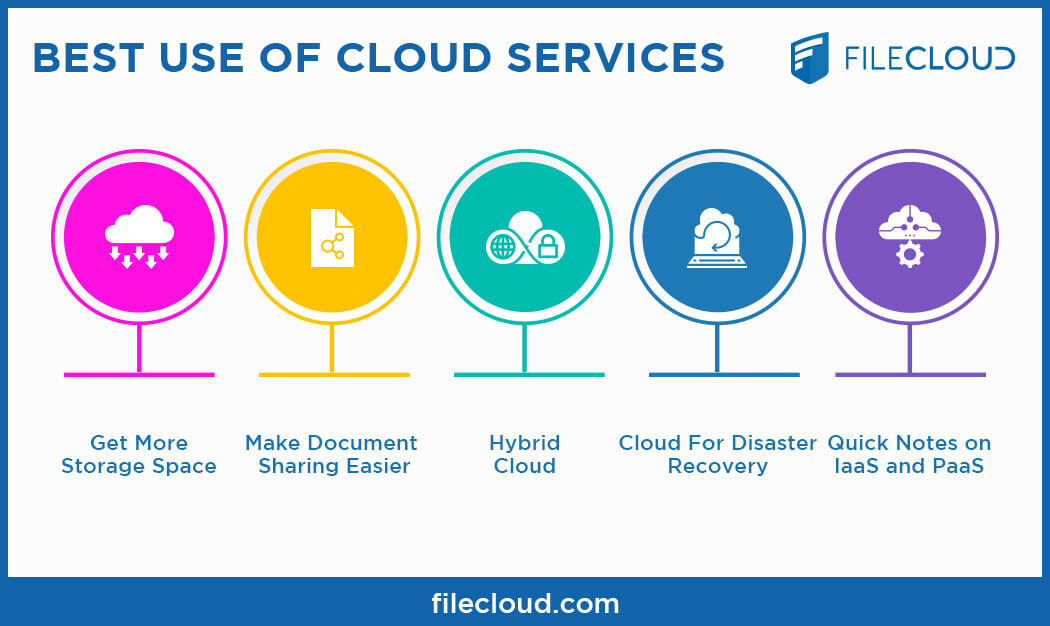LinkDaddy Cloud Services Press Release: Announcing New Quality and Enhancements
Wiki Article
Achieve Seamless Scalability With Cloud Provider
In the ever-evolving landscape of cloud solutions, achieving smooth scalability stands as a keystone for contemporary organizations looking for to stay adaptable and competitive. The quest for seamless scalability with cloud solutions reveals a world of possibilities for those prepared to embrace the transformative power of dynamic source monitoring.Advantages of Cloud Scalability
Cloud scalability supplies companies the adaptability to dynamically change resources based on demand, making certain optimal efficiency and expense efficiency. One vital benefit is the capacity to scale resources up or down promptly in response to fluctuating workloads. This agility allows services to satisfy changing client requirements without over-provisioning resources, eventually causing set you back savings. Scalability additionally improves efficiency by guaranteeing that systems can manage raised web traffic or workload without experiencing downtime or downturns. By efficiently designating resources, organizations can keep high degrees of efficiency throughout peak times without unneeded expenses during quieter durations. In addition, cloud scalability promotes technology and testing by permitting services to conveniently examine originalities and range them as required. This versatility urges a culture of constant renovation and adjustment, enabling companies to remain competitive in a quickly developing market landscape. Ultimately, the benefits of cloud scalability expand past expense financial savings to encompass better performance, agility, and technology.Key Features for Scaling
Efficient scaling in cloud services depends on essential attributes that allow companies to readjust sources dynamically based on demand. One essential attribute for scaling is flexibility, allowing resources to scale up or down in reaction to changing workloads. This makes sure that organizations can fulfill performance needs without over-provisioning sources. An additional key feature is scalability, enabling systems to manage raised work by including resources flawlessly. This attribute is vital for accommodating development without jeopardizing performance. Additionally, automation plays an important duty in scaling by automating the provisioning and de-provisioning of resources based upon predefined policies. Automation minimizes human treatment, boosts performance, and makes certain fast feedback to changing demands. Tracking and analytics devices are also essential for scaling, providing insights right into source utilization, performance metrics, and potential traffic jams. These tools make it possible for organizations to make enlightened choices and maximize resource appropriation for effective scaling. Generally, these key features collectively equip companies to achieve smooth scalability in cloud solutions.Executing Auto-Scaling Approaches
To properly optimize source allocation and adapt to varying work, organizations must purposefully implement auto-scaling approaches in their cloud services infrastructure. Auto-scaling enables systems to immediately readjust the number of calculate resources based on real-time demand. There are different auto-scaling methods that companies can utilize, such as anticipating scaling, which uses find out here historic information to anticipate future source requirements, and reactive scaling, which replies to current workload modifications.
Best Practices for Scalability
For companies intending to boost their scalability in cloud solutions, implementing best methods is important for optimum performance and source administration. One secret best practice is designing applications with a microservices design. This approach breaks down applications into smaller sized, independent solutions that can be deployed, updated, and scaled individually, permitting better flexibility and scalability.An additional vital method is using containerization modern technology, such as Docker or Kubernetes. Containers make it possible for the packaging of applications and their dependencies right into separated systems, making it easier to scale parts separately and release them constantly throughout different environments.
In addition, applying automated implementation and framework as code (IaC) can streamline scalability efforts (linkdaddy cloud services). Automation tools like Terraform or Ansible aid in provisioning and taking care of sources efficiently, lowering hands-on errors and allowing fast scalability
Furthermore, checking efficiency metrics, establishing up alerts, and conducting regular capability preparation are important techniques to make certain positive scalability management. By adhering to these finest methods, companies can achieve smooth scalability in their cloud services while enhancing efficiency and source utilization.
Surveillance Efficiency Metrics
When analyzing the performance of cloud solutions scalability, carefully keeping an eye on performance metrics is necessary for ensuring ideal functionality and resource allotment. By continually tracking key efficiency indications (KPIs) such as response times, throughput, resource, and latency usage, companies can obtain valuable understandings into the wellness and performance of their cloud framework. Checking performance metrics permits the early discovery of prospective traffic jams or issues that can affect scalability, allowing proactive steps to be required to address them prior to they rise.
Final Thought
In verdict, achieving smooth scalability with cloud services is necessary for organizations to enhance performance, improve technology, and preserve high efficiency degrees throughout peak times. By leveraging the benefits of cloud scalability, implementing auto-scaling strategies, making use of key attributes such as flexibility and automation, and adhering to ideal practices like application design and efficiency surveillance, companies can successfully scale their systems while optimizing source application and efficiency.The quest for smooth scalability with cloud solutions unveils a world of opportunities for those eager to welcome the transformative power of dynamic source management.
Cloud scalability provides companies the adaptability to dynamically adjust sources based on demand, making sure optimum performance and cost effectiveness. An additional essential attribute is scalability, allowing systems to handle boosted workload by adding sources seamlessly.For companies intending to boost their scalability in cloud services, executing finest practices is essential for ideal efficiency and resource administration.When examining the effectiveness of cloud solutions scalability, carefully keeping track of performance metrics is critical for ensuring optimum capability and source appropriation.
Report this wiki page